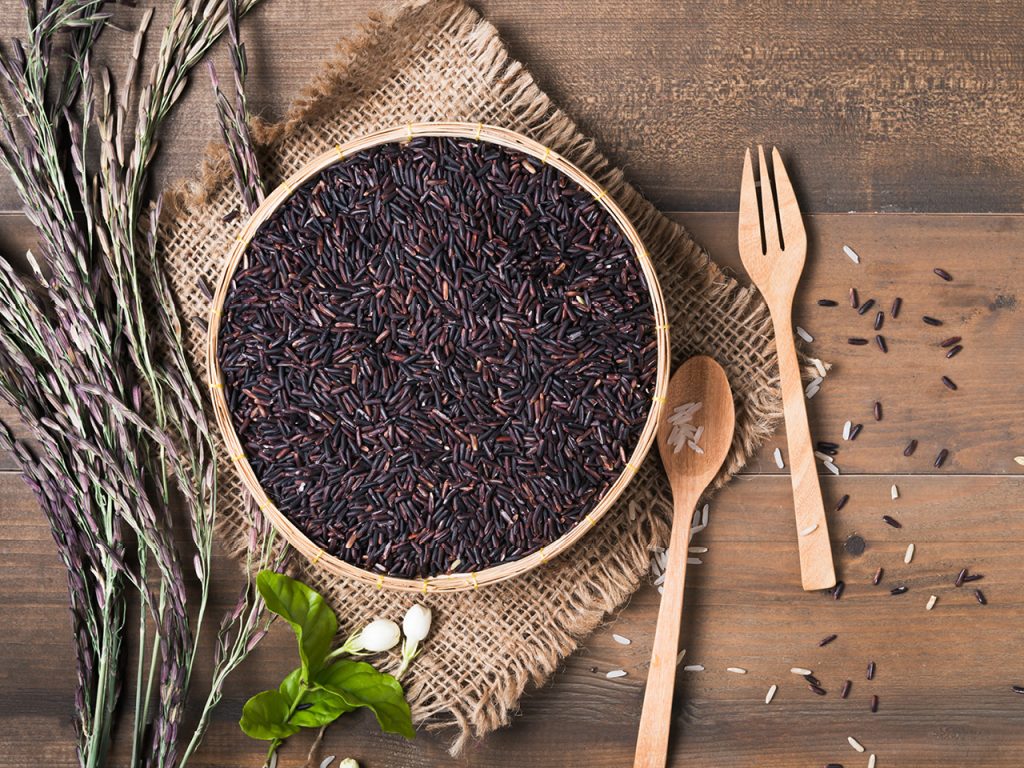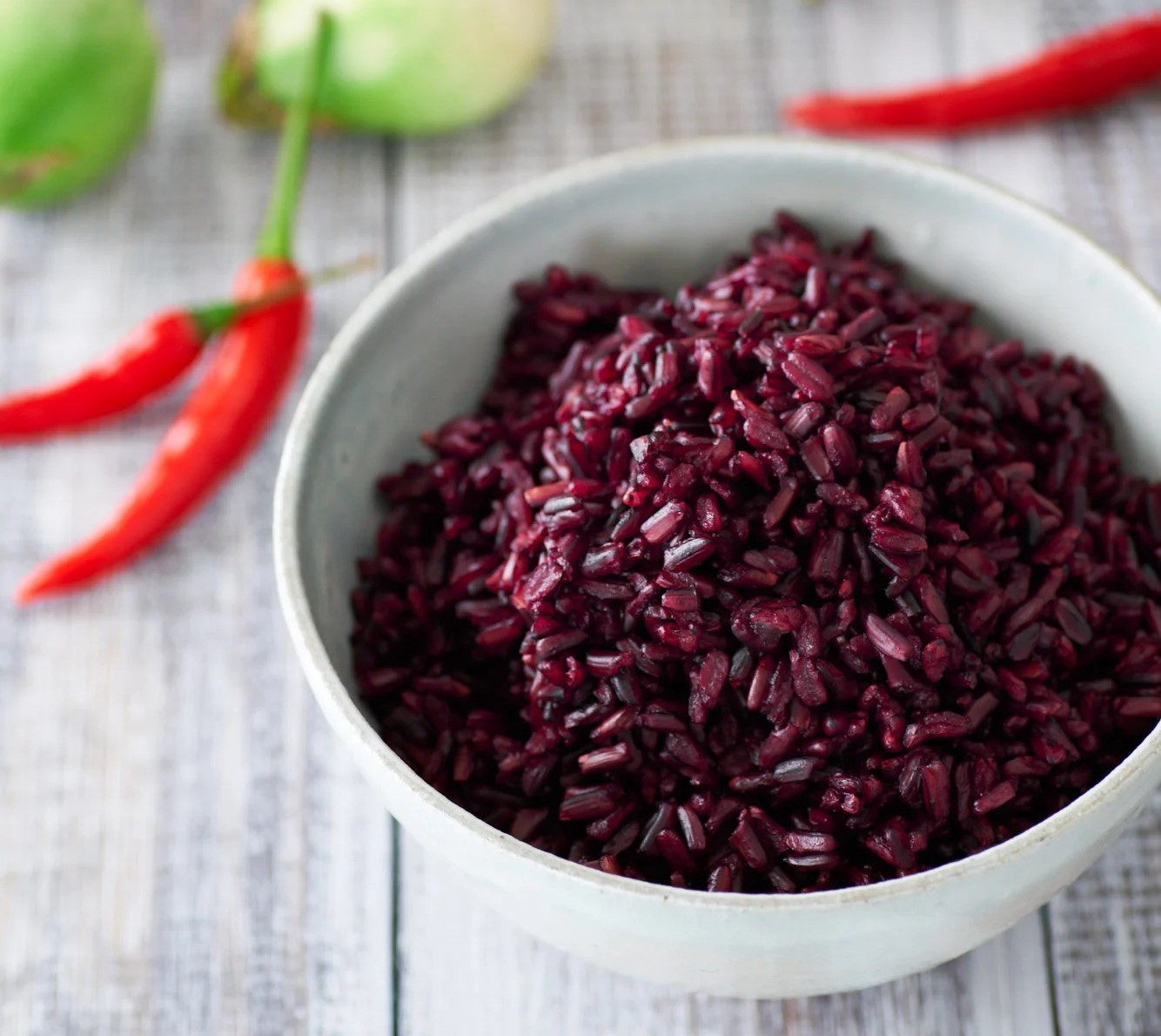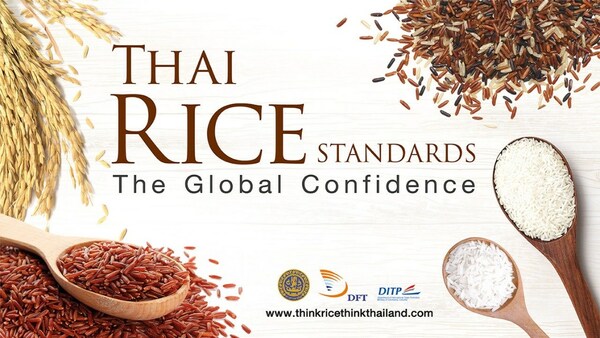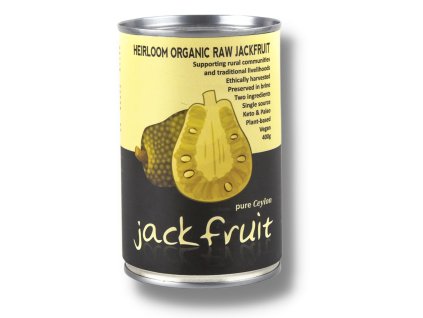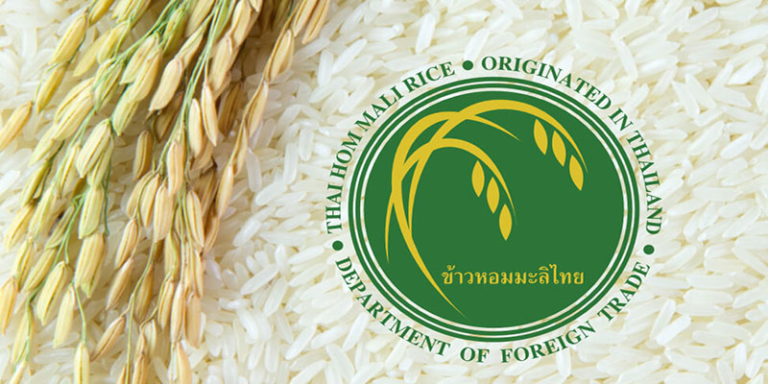Black jasmine rice - Riceberry thajská odrůda (superfood) bohatá na živiny - 1 kg

Unikátní produkty
Dovážíme originální zahraniční výrobky, které lokální trh postrádá

Balíme rychle a ekologicky
Odesíláme do 24-48 hodin, vše v recyklovaných materiálech

Záruka kvality
Značky vybíráme srdcem a řídíme se heslem – raději méně, ale kvalitně

Doprava zdarma
Utraťte min. 4000 Kč a neplaťte poštovné do Balíkovny
Related products
Product detailed description
Why buy
As one of the world's leading rice producers, Thailand adheres to some of the highest standards of food safety and rice quality control.
To remain competitive in the rice industry and to increase the nutritional value and taste of rice, scientists at the Kasetsart University Rice Science Center in Thailand have developed new rice varieties, one of which is Riceberry rice.
Riceberry is a cross between two Thai jasmine rice varieties, Jao Hom Nin and Khao Dawk Mali 105. Like jasmine rice, it is a long-grain rice, but unlike jasmine rice, the grain is unmilled and has a brownish-purple colour. It is not ordinary black rice, although it is similar in appearance.
Rice is grown only under organic conditions in the northern and northeastern regions of Thailand. It quickly became a very popular cereal for its texture, taste and health benefits.
Is Riceberry rice healthy?
- Riceberry is a whole grain rice that is full of powerful antioxidants and high in fiber - some call it a superfood food.
- Riceberry rice has a high concentration of beneficial nutrients such as vitamin E, vitamin B1, B2, B9, iron, zinc and omega 3 in much higher amounts than other types of rice.
- All of these essential substances help reduce the risk of heart disease, Alzheimer's disease and cancer.
- This gluten-free and non-GMO cereal also has a medium to low glycaemic index, so it does not raise blood sugar levels like other carbohydrates - making it suitable for diabetics and other special diets where carbohydrate intake is monitored.
How does it taste?
- Riceberry is becoming increasingly popular not only because it is packed with powerful antioxidants, but also because it tastes absolutely delicious.
- When cooked, Riceberry rice appears to have a similar texture to brown rice, but is much softer and softer on the inside.
- Like white jasmine rice, it is fluffy, aromatic and fragrant, but has a nuttier, almost sweet taste.
How to cook Riceberry rice?
Unlike other whole grain rice, it cooks relatively quickly and is prepared in the same way as jasmine rice.
- Rinse the rice thoroughly to remove starch and dust.
- Put it in a heavy-bottomed pot and use 1 part rice to 1.5 parts water.
- Bring it to a boil, reduce the heat to the lowest possible degree, cover and cook for 25 minutes.
- Remove from the heat and let the rice rest for 10 minutes before uncovered.
- Fluff the rice with a spoon or fork and serve.
Rice can be used in rice bowls, stir-fried dishes, curries, stews or as a side dish for grilled or roasted meat and fish. The grains last beautifully and the leftovers can be used in salads, mixed into burritos, tacos and other pancakes or to make fried rice.
Tips for proper preparation
Soak the rice if possible: the rice does not need to be soaked, just rinsed. However, soaking benefits all grains. They become more digestible and also reduce cooking time. It's best to soak the rice for 1 hour, but if you don't have time to soak it that long, leave it in the water for a few minutes before rinsing.
Let it rest after cooking: This is a very important step for all types of rice, but especially for rice. This allows the rice to absorb any remaining moisture and produce fine and fluffy grains.
Test the grains: if the cooked grains have not absorbed all the water, cook them on low heat until the water is absorbed. If the grains seem dry and hard, add a little water, cover and cook for another 10 minutes.
Don't confuse Riceberry rice with black rice: although other types of black rice look almost identical to Riceberry rice, make sure the label says "Riceberry".
Ingredients
Long-grain semi-hulled black rice, product of controlled organic farming.
Nutritional data
per 100g of product
Energy: 1548 kj/370 kcal, Fat: 3,2g, of which saturates: 0,9g, Carbohydrates: 76g, of which sugars: 1,3g, Fibre: 4,3g, Protein: 8,6g, Salt: 0,01g.
- Storage: in a dry room at temperatures up to 25 °C and relative humidity up to 70%.
- Made and packed in Thailand.
- Weight: 1Kg.
- Country of origin: Thailand.
- Agricultural production outside the EU.
- Control organisation code: TH-BIO-121.
Thai standards for rice
Guaranteeing the true quality of Thailand's national crop
In 2019, Thailand's Ministry of Foreign Trade introduced a project called "Think RICE, Think THAILAND", which aims to encourage the international community to pay attention to consumer health, while raising awareness of the national crop by providing a broader range of knowledge - from the history of national agriculture, standards to the quality of Thai rice.
As the world's leading rice exporter, Thailand introduced its first Thai Rice Standards on 20 May 1957 with the issuance of the Ministry of Commerce's announcement on the introduction of Thai Rice Standards.
Subsequent amendments included the 1974 Thai Rice Standards, the 1997 Thai Rice Standards, and the 2016 Thai Rice Standards, which established the Thai Hom Mali Rice Standards, the Thai Fragrant Rice Standards, and the Thai Rice Standards.
Most recently, Thai standards for coloured rice were introduced in early 2019. These now serve as quality benchmarks for Thai rice with definitions of minimum composition and maximum limits.
The above Thai rice standards apply not only to the export of rice from the country but also to the domestic rice trade and other specified matters. These criteria facilitate trade negotiations: it is not necessary for buyers and sellers to give detailed specifications in their agreements, including the variety and quality of rice, but it is sufficient to refer to existing guidelines for the specific type of rice they wish to trade.
In order to determine whether the quality of the traded rice conforms to trade agreements or established standards, a random sample of rice must be analysed. If the sample passes inspection, the entire lot of rice is considered to conform to the accepted standards; if the sample fails, the entire lot is considered to be non-conforming. This sampling method is an international practice worldwide.
Substandard rice can never be exported because it does not meet the provisions of the agreement made with foreign buyers. Domestically, rice that deviates slightly from the standard is still sold, albeit at a lower price, based on a set of predefined criteria. However, if the sample is found to deviate too far from the requirements, the entire batch will be returned to the place of origin.
The Thai Rice Standards, which have been in use since 1957, have never prescribed any guidelines for sampling and inspection, except for the Thai Hom Mali Rice Standards, which established such guidelines in 1997. Therefore, sampling and quality control of Thai rice for export followed overseas practices and local procedures.
For example, samples shall be taken randomly from at least 2-3 % of the total number of bags in a batch. This sample size is comparable to ISO and IRRI requirements, which dictate that the number of bags taken should be the square root of the total number of bags in the batch.
On the basis of the above information, good quality rice is rice that buyers at home and abroad are willing to accept and rice that meets the quality requirements. The determination of the quality of rice does not depend at all on an individual's personal perception, but on the results of a scientific analysis of random samples taken by a neutral party. Samples must be completely random, not deliberately selected.
The introduction of these Thai rice standards increases the potential for Thai rice exports. It allows buyers greater options for purchasing and importing Thai rice, not only the unique strain of Thai fragrant rice known as Thai Hom Mali rice, but also many other types and varieties to suit the needs of consumers in importing countries. These standards also increase consumer confidence in the quality of Thai rice.
Read more on this topic
Discover low carb or more energy, less sugar
Enhance your workout with the right and effective supplements
Additional parameters
| Category: | Mah Boonkrong Rice |
|---|---|
| Certification: | USDA Organic |
| Size: | 1 kg |
| Specs: | No added sugar, Bez laktózy, Organic certification, Bez sóji, No heavy metals, Without additives and binders, Bez gmo |
| Výrobce: | PRG Corporation Public Company Limited, 5th Floor Zone A, MBK Center, 444, Payathai Road, Wangmai, Pathumwan, Bangkok, 10330 |
| Země původu: | Thajsko |
| Vhodné pro: | Bez lepku-GMO Free-Vegan-Sugar Free-Lactose Free |
Recept: Riceberry Risotto
Be the first who will post an article to this item!
Be the first who will post an article to this item!
Thajská rýže Hom Mali
Světově proslulá thajská jasmínová rýže Hom Mali je nejdůležitější aromatickou rýží pocházející z Thajska - má ochrannou známku a nelze ji pěstovat nikde jinde na světě.
Podobně jako se na vinicích pěstují hrozny a kvasí víno, pěstují se i zrna thajské jasmínové rýže nejvyšší třídy pouze v určitých oblastech Thajska. Většinou se jedná o oblasti severovýchodních provincií, jako jsou Ubon Ratchathani, Burirum, Sisaket, Roi Et, Yasothon a Surin.
Rýže Hom Mali má chuť, vůni a hedvábnou strukturu, která je autentická jako v nejlepších restauracích východní Asie. Je dokonalým doplňkem kari, smažených pokrmů a dalších thajských a asijských jídel.
Všestranné použití této rýže je výjimečné. Není příliš lepkavá ani příliš suchá. Při vaření také vykazuje výrazná zrna. Chuť ve vašich ústech je prostě WOW.
Tyto regiony mají vhodné přírodní podmínky, jako je dostatek slunečního svitu během celého roku, množství dešťů a přístup k nejkvalitnějším zrnům jasmínové rýže, která se dá pěstovat skutečně pouze v těchto provinciích.
Zemědělci v této oblasti jsou v pěstování jasmínové rýže na špičkové úrovni a je to vidět, protože rýžovary v této oblasti produkují trvale oceňovanou rýži, kterou jim závidí pěstitelé rýže na celém světě.
Výrobce a standard kvality
Thajská společnost Patum Rice Mill and Granary Public Company Limited (PRG) vyrábí a distribuje balenou thajskou rýži Hom Mali pod značkou "Mah Boonkrong" a "Mah Boonkrong Plus".
Tato společnost je předním výrobcem balené thajské rýže Hom Mali v Thajsku a prvním výrobcem rýže, který získal certifikaci GMP.
Kromě toho také na obale této rýže najdete logo thajské vlády (Ministerstvo zahraničního obchodu), které garantuje, že tato rýže byla vypěstována podle správné zemědělské praxe pro odrůdu jasmínové rýže Thai Hom Mali, která je stanovena podle TAS 4400: Thai Agricultural Standard s názvem Správná zemědělská praxe pro rýži Thai Hom Mali.
Rýže je certifikována jako bio od USDA Organic a EU.





